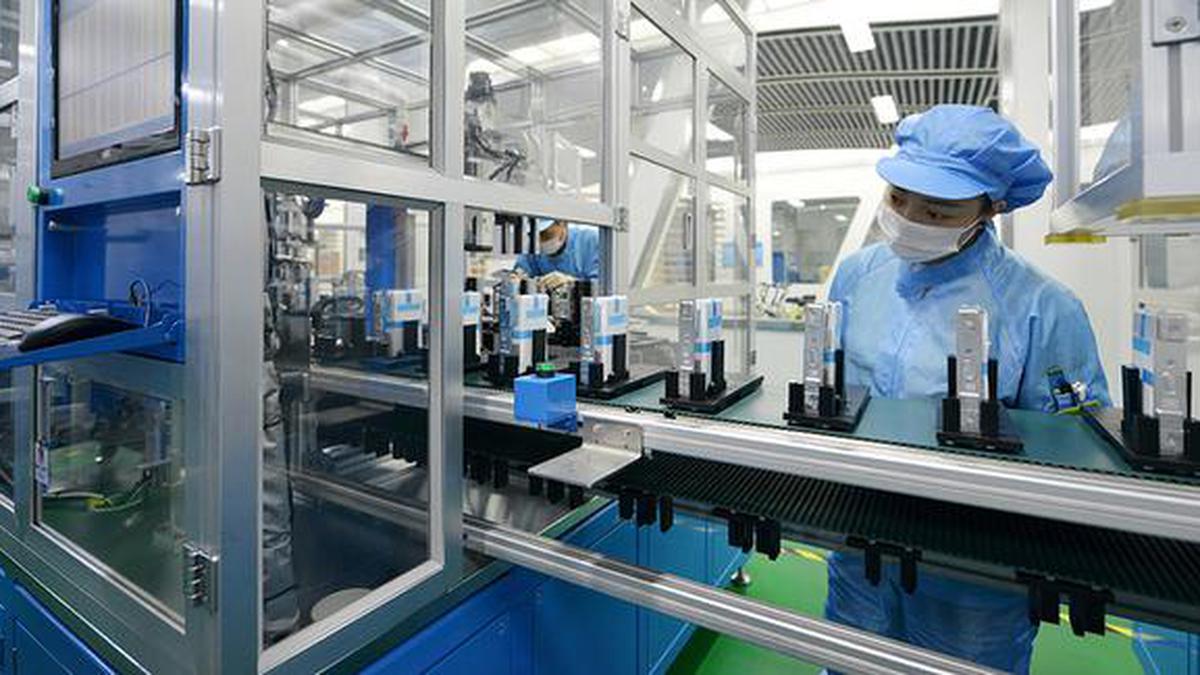
Exide Energy to double lithium cell production in Karnataka
The Hindu
At present, Exide Energy is setting up a plant of 6,000 gigawatts (GW) production capacity plant near Bengaluru, which is expected to begin operations in 2024. The company is now seeking additional land.
Exide Energy, which is currently setting up a lithium battery cell plant at Devanahalli Industrial Area 2nd phase, near Bengaluru, has decided to double its production capacity.
The company has requested the Karnataka government for additional 40 acres of land. Exide Energy leadership, led by Managing Director and CEO Mandar V. Deo, met Large and Medium Industries Minister M.B. Patil on August 21 to submit their proposal.
The company is in the process of setting up a plant of 6,000 gigawatts (GW) production capacity in Devanahalli Industrial Area 2nd phase. The plant is expected to begin operations in 2024, said the Minister. “In addition to this, Exide Energy desires to add another 6,000 gigawatts of production capacity. The total investment for the two plants would be ₹6,000 crore,” the Minister added.
Mr. Patil said the government is keen on growing the electric vehicle (EV) sector in Karnataka.

The Union Budget unveiled on February 1, 2025, has come at a time of unprecedented global uncertainty and a flagging domestic economy. The real GDP growth is estimated at 6.4% for 2024-25 and between 6.3-6.8% for 2025-26, a far cry from >8 percent growth required annually to make India a developed nation by 2047. While much attention has been devoted to the demand stimulus through income tax cuts, not enough is said about the proposed reforms in urban development, tariff rationalisation, and regulatory simplification aimed at making Indian cities and corporates more competitive. Since the majority of economic activity is located in cities (urban areas account for ~55% of GDP) and produced by large corporates (~40% of the national output and 55% of India’s exports), the above-mentioned reforms have a pivotal role in improving India’s trend growth rate. Below we unpack each reform.












